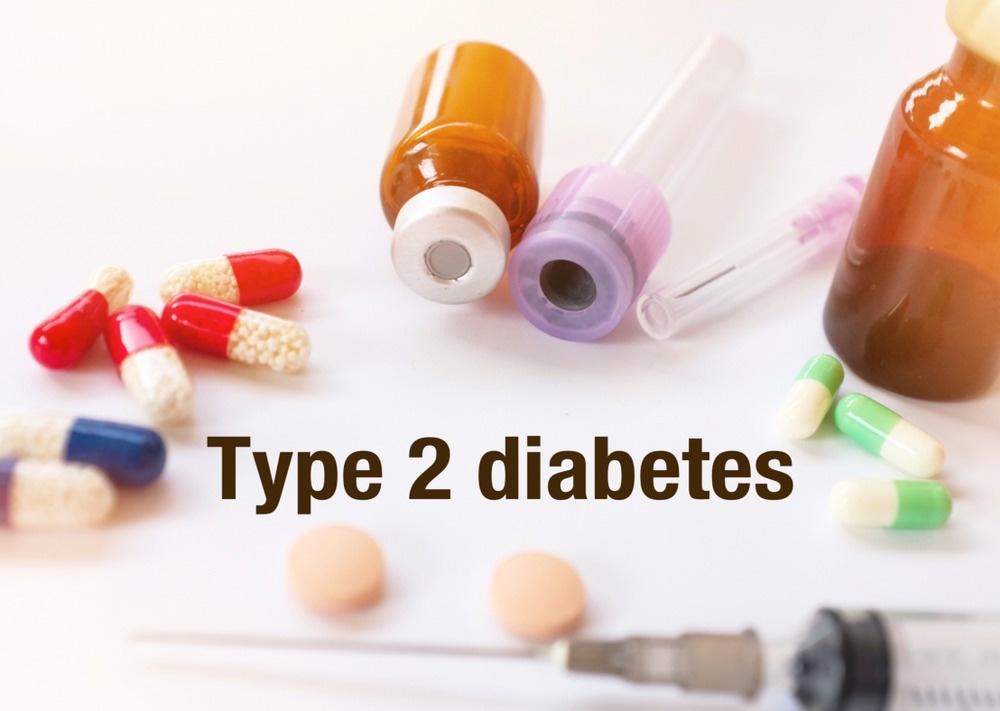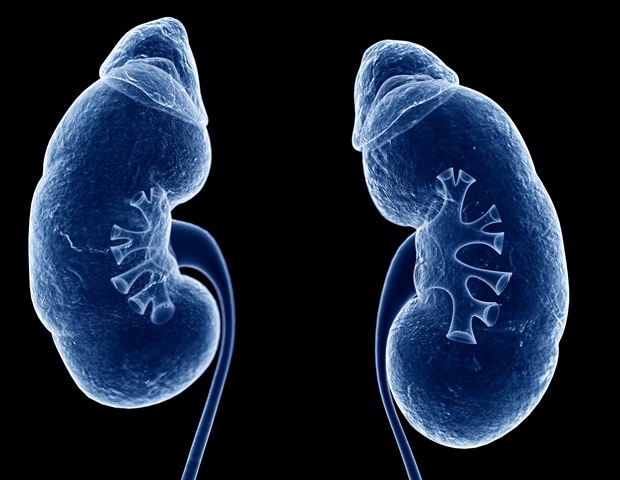In a up to date learn about printed within the Magazine of Translational Drugs, researchers tested the importance of nutritional lipids within the gut-brain axis of people with kind 2 diabetes mellitus (T2DM).
Find out about: The jobs of nutritional lipids and lipidomics in gut-brain axis in kind 2 diabetes mellitus. Symbol Credit score: Primeiya/Shutterstock.com
Contents
- 1 Background
- 2 Homeostasis and molecular laws of nutritional lipids in T2DM
- 3 Nutritional lipids and the gut-brain axis in T2DM
- 4 Top-fat vitamin
- 5 Saturated fatty acids
- 6 Omega-3 fatty acids
- 7 Dietary methods modulating intestine microbiota: omega 3 fatty acids
- 8 Dietary methods modulating intestine microbiota: nutritional sterols
- 9 Conclusion
Background
T2DM is a prevalent noncommunicable illness (NCD) characterised by way of systemic irritation and disorder of pancreatic β-cells and/or peripheral insulin resistance. This ends up in impaired glucose in addition to lipid metabolism.
Quite a lot of elements, together with metabolic, genetic, sociodemographic, and way of life, are related to an greater T2DM chance. Nutritional lipids and their metabolism considerably affect the modulation of metabolism in T2DM and its comparable headaches.
Improving comprehension of the purposes of sure vitamins in T2DM by way of interactions with intestine microbiota will facilitate the method of novel approaches for the prevention and control of T2DM.
Homeostasis and molecular laws of nutritional lipids in T2DM
T2DM is a systemic situation prominent by way of insulin resistance, hyperinsulinemia, and relative insulin insufficiency.
The method of lipid metabolism encompasses the anabolic and catabolic pathways concerned within the synthesis and degradation of more than a few kinds of lipids, comparable to ldl cholesterol, triglycerides, and fatty acids.
Specialised lipoproteins are answerable for transporting lipids to the liver from the gut and to peripheral tissues from the liver were recognized. Vitamins, particularly sugars and fatty acids, considerably affect lipid metabolism law.
Nutritional lipids and the gut-brain axis in T2DM
A number of nutritional fatty acids are absorbed throughout the small gut, whilst a subset of those fatty acids without delay affects the composition of the microbiota throughout the colon.
Analysis has demonstrated that the intestine microbiota has the possible to affect lipid and glucose metabolism and would possibly give a contribution to T2DM construction by way of perturbing the equilibrium between pro- and anti inflammatory penalties within the liver.
A saturated fatty acid (SFA)-abundant vitamin has the possible to negatively affect the composition of the microbiota and reduce insulin sensitivity. The intake of a high-fat vitamin ends up in an build up within the abundance of Firmicutes and a discount within the abundance of Bacteroidetes.
Top-fat vitamin
There’s a correlation between high-fat diets, a lower in Bifidobacterium species, and an build up in plasma lipopolysaccharide (LPS) focus.
In a similar way, it’s been famous that the proliferation of Desulfovibrio micro organism shows opportunistic pathogenicity and generates LPS amongst mice subjected to high-fat diets. LPS is transported into the systemic stream, resulting in the following unlock of interleukins.
Top-fat diets too can intervene with the correct functioning of the intestinal barrier, thereby enabling the translocation of LPS. Metabolic endotoxemia is a scientific situation that may scale back pancreatic β-cell serve as, T2DM, and insulin resistance.
Research have additionally discovered a correlation between high-fat diets and increased LPS ranges amongst people.
Saturated fatty acids
The intake of SFAs has been connected to an elevation in non-commensal micro organism, particularly Proteobacteria and Firmicutes. In addition to a disruption within the intestinal barrier serve as, a discount in intestine microbiota range, a lower in butyrate-producing micro organism, thinning of the mucus layer, persistent irritation, and T2DM onset.
Animal fashions have published that eating a high-fat vitamin ends up in an build up in Firmicutes and a lower in Bacteroidetes throughout the intestine microbiota. This situation is connected to insulin resistance because of intestinal irritation.
Omega-3 fatty acids
Omega 3 Fatty Acids can facilitate the prevention of insulin resistance and T2DM. That is completed in the course of the augmentation of intestine microbiota range, relief of LPS and proinflammatory cytokines, and augmentation of short-chain fatty acid (SCFA) manufacturing.
Omega-3 fatty acids too can hinder proinflammatory cytokine manufacturing in human blood monocytes. Moreover, they are able to mitigate intestinal irritation. Omega 3 fatty acid management in Salmonella-infected mice led to an build up in SFA ranges, amendment of the intestine microbiota, and reinforcement of resistance of the host to pathogens.
Dietary methods modulating intestine microbiota: omega 3 fatty acids
A vital correlation exists between greater intake of fish and seafood and lowered T2DM chance.
SFAs were proven to reinforce insulin sensitivity and signaling. This impact is attributed to their healing houses in lowering systemic irritation and endotoxemia, completed by way of lowering intestinal permeability.
Moreover, SCFA will increase glucose uptake in skeletal muscle and adipose tissue by way of upregulating GLUT4 expression, which is mediated by way of adenosine monophosphate kinase (AMPK) activation.
Dietary methods modulating intestine microbiota: nutritional sterols
The host’s well being is considerably impacted by way of metabolites generated by way of the intestine microbiota throughout the conversion of unabsorbed sterols, comparable to plant sterols and ldl cholesterol.
Those metabolites have a notable affect on T2DM and intestine microbiota modulation. The findings counsel that plant sterols have a suppressive impact at the biosynthesis of sure lipid molecules, together with coprostanol, whilst at the same time as selling SCFA manufacturing.
Additionally, it’s widely known that coprostanol, a kind of ldl cholesterol metabolite, exerts an affect on each the intestine microbiota in addition to glucose homeostasis. Research additionally point out that sure sterols possess the possible to reinforce glucose homeostasis and mitigate the possibility of T2DM by way of regulating intestine microbiota by way of lipidomics.
Conclusion
The learn about findings confirmed that nutritional lipids considerably affect glucose homeostasis, in addition to T2DM onset and development.
Research have famous that lipid profiles in T2DM could also be influenced by way of intestine microbiota for the reason that intestine microbiota are altered amongst T2Dm sufferers.
The researchers imagine that engaging in additional investigations on more than a few nutritional constituents thru various fashion organisms and medical trials with various dosages and periods would facilitate the id of possible associations.
Supply Via https://www.news-medical.internet/information/20230404/What-role-do-dietary-lipids-play-in-the-gut-brain-axis-in-type-2-diabetes-mellitus.aspx




